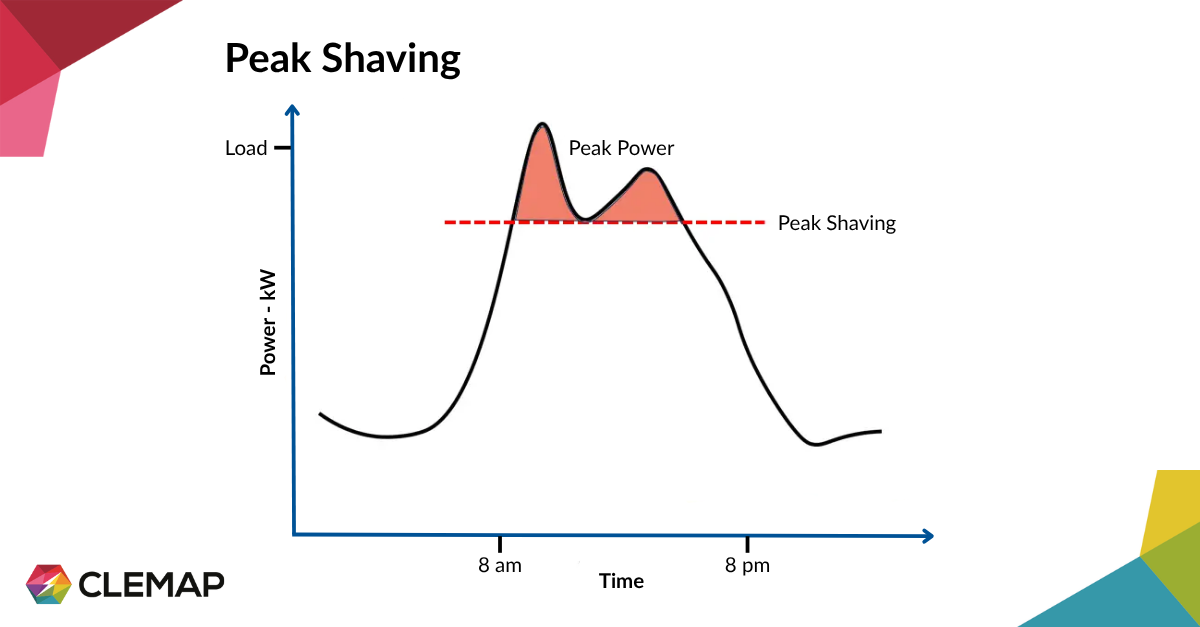
A typical morning in an industrial company: Machines start up, conveyor systems run, vehicles are loaded - and suddenly electricity consumption shoots up. Many people are unaware of these brief power peaks, but they can significantly increase annual energy costs.
The electricity consumption curve is usually relatively stable throughout the day, but at certain times there are steep peaks. These peaks are precisely registered by the energy supplier - and cause additional costs.
In addition to the energy price (for the energy consumed), the electricity tariff also includes a demand charge, particularly for industrial customers. This is based on the highest measured power peak within a 15-minute window in the year. Even a single short peak can increase the costs for the whole year.
For example:
A business has an average power requirement of 50 kilowatts, but a peak of 80 kilowatts for 15 minutes one morning. The 80 kW then determine the power costs for the entire month.
Cost example at CHF 150 / kW / year (calculated over the year):
Peak shaving means smoothing out these load peaks without reducing overall electricity consumption. The aim is to reduce individual power peaks in a targeted manner. This is achieved by:
Important: It's not about switching off, but about smart load management.
With CLEMAP, we detect load peaks in real time using precise measurement technology at the grid connection. We use our intelligent algorithms to dynamically control energy flows and reduce peaks - without manual intervention or production downtime.
Battery storage or controllable loads can also be integrated on request. This allows industry, logistics and energy-intensive processes in particular to benefit from efficient peak load reduction.
Example: Savings with Peak Shaving
A company consumes 150,000 kWh per year and pays:
Without peak shaving, there are brief peaks of 80 kW in the morning, although the average is 50 kW. The energy costs thus amount to around CHF 39,800 per year.
CLEMAP limits the peak to 60 kW - without sacrificing production. This reduces the power costs from CHF 12,800 to CHF 9,600, an annual saving of CHF 3,200.
In combination with photovoltaics and battery storage, peak shaving offers even more advantages
Peak shaving is an easy-to-implement but effective lever for reducing energy costs and protecting grid connections. CLEMAP offers the complete solution from measurement and analysis to automated control - without any effort for your company.
In the next article we explain: What is an EMS (Energy Management System)?
Discover matching solutions to this blog post.